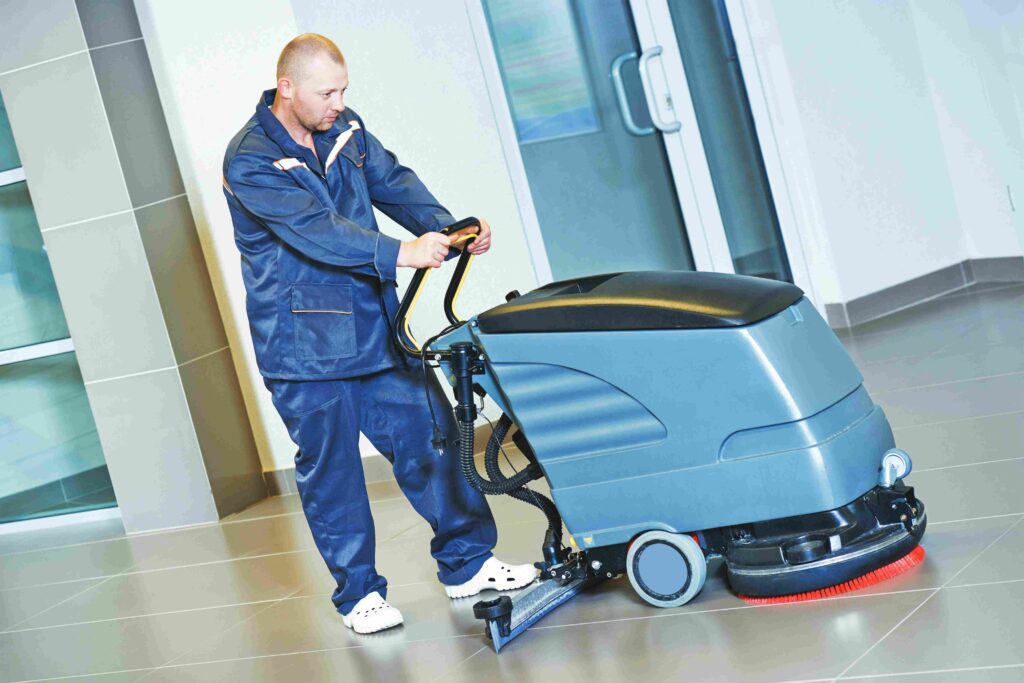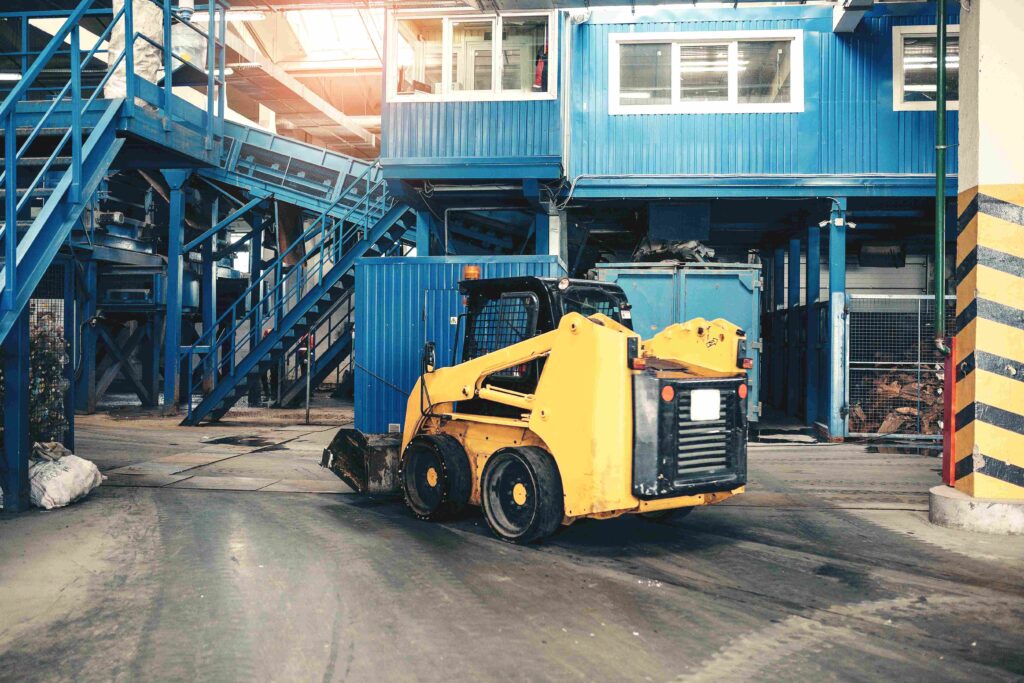
High-pressure washers can operate at 200 to 300 horsepower, effectively cleaning ducts up to 25 to 30 metres in length.”
Virendra Kumar
Industrial cleaning is not just about what meets the eye. It is about reaching deep into ducts, sweeping invisible dust, and collecting particles before they become hazards. From chimney cleaning to pressure washing, battery-powered trucks to dust collectors, there are intelligent, efficient, and safe solutions to the table. Virendra Kumar, Director, Dynaclean Industries, shares how the technologies involved in keeping industries clean.

Dust Collection
Industries like power plants generate fly ash and fine dust that conventional cleaners cannot manage. Sweeping machines are equipped with high level suction and filtration systems that enable effective dust collections. Such as battery-operated sweeper machines equipped with HEPA filters and high-power suction units with capacities ranging from 100 litres to 6000 litres are ideal.
For more specialised requirements, the DR600 model, which features vacuum suction power with more than 10kPa pressure and suction cups that capture fine dust with precision will be suitable. These machines can collect dust particles as small as two microns. Integrated sprinkler systems further help to control airborne particles and reduce pollution at the source.
Battery-Operated Trucks
The latest innovations include electric cleaning trucks. These aim to replace noisy, diesel-run alternatives.
“Municipalities are still using diesel-operated trucks. We are working to replace these with electric trucks that are far more cost-efficient,” says Kumar. A case in point is the Indian Railways, which uses diesel jet-pressure washers at stations. “We are proposing to replace them with battery-powered alternatives like the DJB200.”
“The daily fuel cost is around ₹1000, amounting to ₹30,000 per month,” Kumar calculates. “Our battery-powered machines can operate at just ₹70 a day — only ₹2000 a month — with silent operation.”
These machines are not limited to railways. Manufacturing units and commercial complexes are also turning to the electric hot-water pressure washers, which eliminate both emissions and operational hazards.

Hot & Cold-Water Pressure Washers
For industrial grease and oil spills, hot water washers bring temperature into the cleaning equation. These machines deliver over 80°C hot pressure, powered by an inbuilt 200-litre electric boiler.
Kumar explains: “The earlier models ran on diesel to heat the boiler. Our fully electric version runs on a 3-phase 50-kilowatt power connection. It is safer, cleaner, and free from combustion-related risks.”
Reverse Flow Advantage
Manufacturing and food processing units typically have chimneys and ducts where fine particles and oil residue build up over time. “We have developed self-propelled jet pressure washers especially designed for such environments. Using reverse flow technology, water flows in the opposite direction of a moving nozzle, creating a reaction-based propulsion. As the high-pressure jet hits the duct walls, the nozzle moves forward automatically, scouring the surfaces clean.
“These high-pressure washers can operate at 200 to 300 horsepower, effectively cleaning ducts up to 25 to 30 metres in length,” explains Kumar. The result is a thorough removal of dust, grease, and oil — without manual intervention or safety risks.

From Oil Spills to Fire-Safe Zones
Autoscrubbers are suited for various industrial flooring needs. Industries using inflammable materials require machines customised to their safety norms, while others may be compatible with standard scrubber driers.
“Depending on the quantity of oil spillage and the floor type — cement, marble, brick, tiles, PVC, or bitumen — we recommend machines accordingly,” says Kumar.
 CIJConnect Bot-enabled WhatsApp
CIJConnect Bot-enabled WhatsApp









